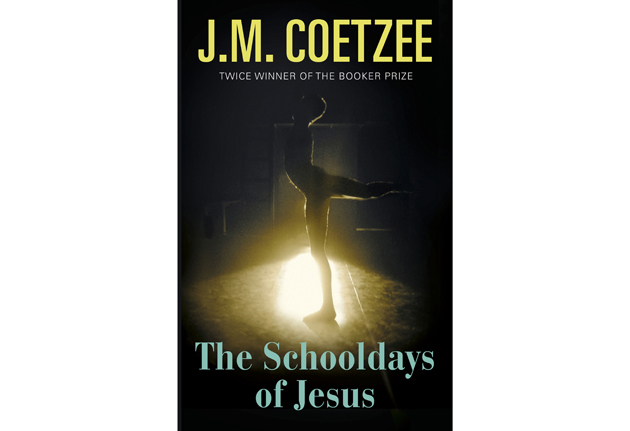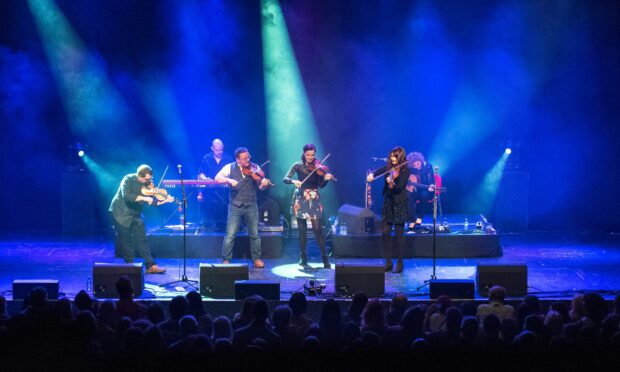JM Coetzee’s novels are generally bleak, unconventional, and full of hidden meanings. Yet most of the time this is a recipe for success.
For instance, Disgrace, which examines post-apartheid South Africa, is a brilliant, unforgettable read that covers politics and the flaws of humanity in an utterly absorbing way. But unfortunately, The Schooldays Of Jesus doesn’t quite match up.

The tale follows Simon, Ines and their adopted son David, who have moved to the city of Estrella for a new life.
David is then enrolled in the Academy Of Dance, and this prompts a rather uninteresting debate over whether it is better to learn through science or art.
Coetzee’s characters are normally not very likeable; David’s incessant questions are irritating and Simon’s attitude is often snobby and judgemental.
Even the way Coetzee writes – “says he, Simon” – instead of just “says Simon” is a bit annoying.
If you loved The Childhood Of Jesus, the prequel to this tale, it’s certainly worth giving this a go. Keen Coetzee fans will also appreciate the many metaphors and themes in the writing.
However, this is undeniably tedious in places, and it certainly won’t be remembered as one of this brilliant writer’s finest works.
Published by Harvill Secker










